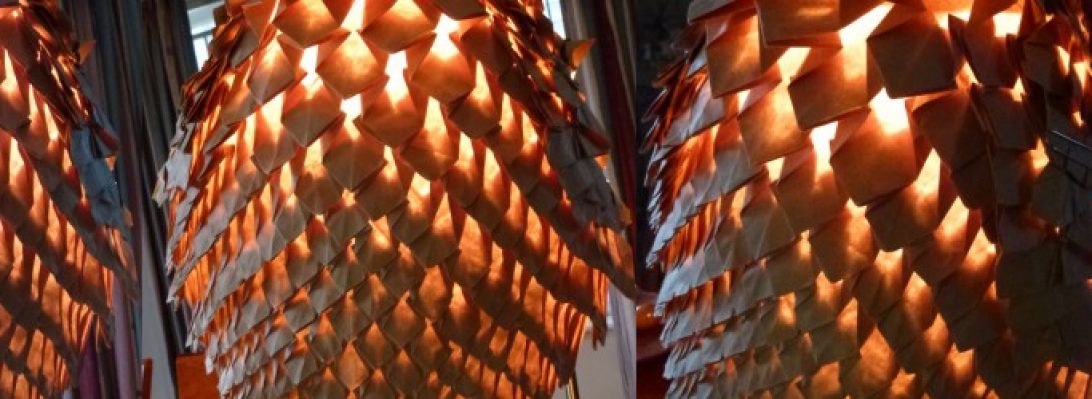For a system to be considered “Turing Complete”, it must be able to be used for completing any computational problem. In the world of DIGITAL Turing Complete setups, these computations are achieved using simpler binary operations (like NOT, AND, OR, NOR, etc.).
In a paper recently released by Mathematicians Thomas C. Hull and Inna Zakharevich, they propose flat-foldable crease patterns for origami “processors” that simulate a number of simple binary operations (namely NAND, NOR, AND, OR, NOT and a few ancillary operations) making the theoretical proposition that flat foldable origami is Turing Complete.
I folded a few of the paper’s logic gates, and made a video of how they work – have a look:
Although this is a little nerdy, I can at least conceptualise the idea that a network of interconnected origami processors could, theoretically, actually do something useful. Technical challenges exist with having such crease patterns co-exist on the same sheet, in sufficient quantities to represent anything other than single bits (0/1 or On/Off or True/False), but the idea is none the less tantalising.
I link to a copy of the paper here: FLAT ORIGAMI IS TURING COMPLETE

